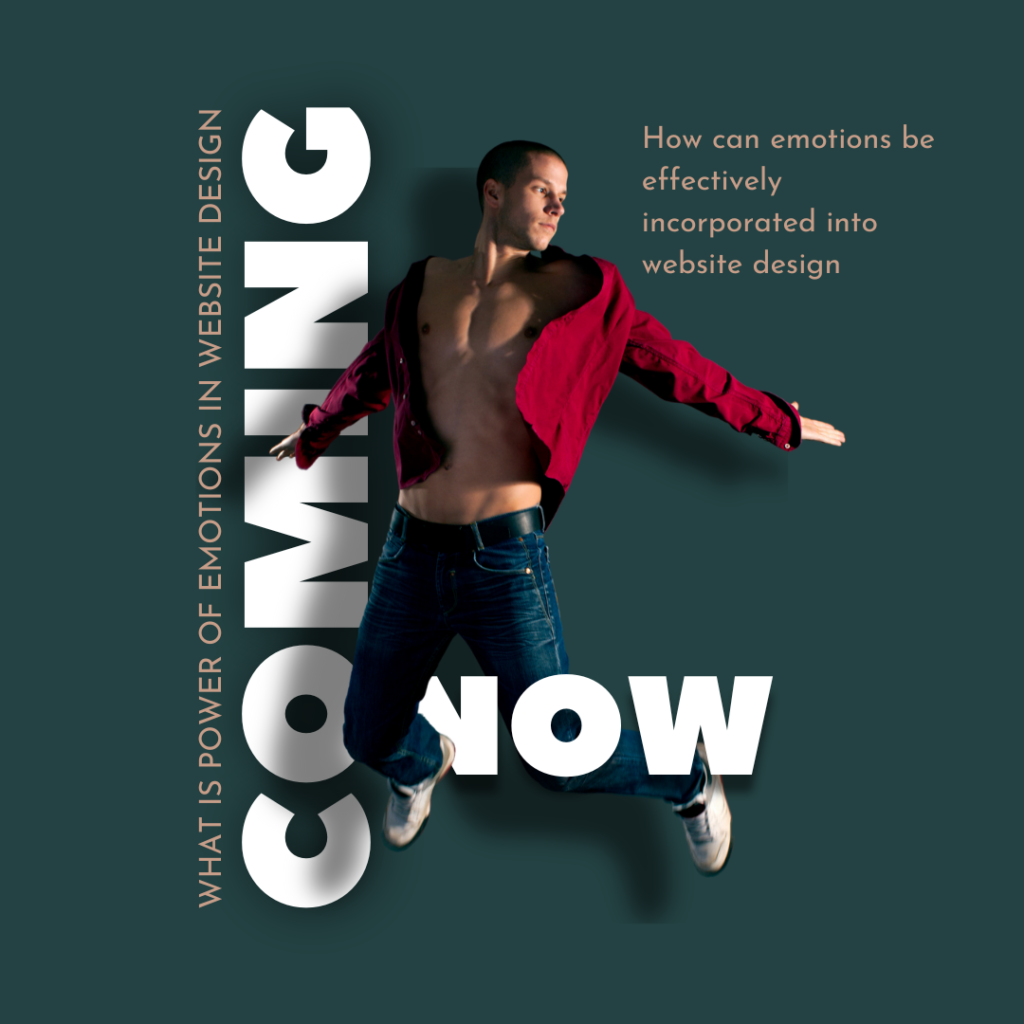In the digital age, where every click counts, the design of a website plays a crucial role in capturing attention and fostering engagement. While functionality and aesthetics are essential components, there’s another aspect that often gets overlooked but holds immense power: emotions.
What is the Emotions
Emotions are the heartbeats of human experiences, and they play a significant role in how we perceive and interact with the world around us. When it comes to website design, tapping into these emotions can create a profound impact on user experience and ultimately drive desired actions.
Imagine landing on a website that evokes a sense of excitement and curiosity from the moment you arrive. The colors, imagery, and typography are carefully chosen to create a vibrant and inviting atmosphere. This emotional connection draws you in, encouraging you to explore further and engage with the content.
On the other hand, a website lacking emotional appeal may leave visitors feeling indifferent or uninspired. It’s not just about aesthetics; it’s about creating an emotional journey that resonates with the audience.
So, how can emotions be effectively incorporated into website design?
Visual Storytelling: Use visuals such as images, videos, and graphics to tell a compelling story. Visuals have a powerful impact on emotions and can convey messages in a way that words alone cannot.
Color Psychology: Colors evoke specific emotions and can influence how users perceive a brand or website. Understanding color psychology and using the right color scheme can evoke the desired emotions and create the right mood.
Typography and Design Elements: The choice of fonts, layouts, and design elements can contribute to the overall emotional tone of a website. Whether it’s a sleek and modern design or a playful and whimsical approach, every element should align with the intended emotional response.
User Experience (UX) Design: Smooth navigation, intuitive interfaces, and responsive design all contribute to a positive user experience. When users can easily find what they need and enjoy interacting with the website, it creates a positive emotional association.
Personalization: Tailoring content and experiences based on user preferences and behavior can enhance emotional engagement. Personalized recommendations, greetings, or content suggestions can make users feel valued and understood.
In conclusion, emotions are a powerful tool in website design that can elevate the user experience and drive meaningful interactions. By understanding the emotional triggers of your target audience and incorporating them strategically into design elements, you can create a website that not only looks great but also leaves a lasting emotional impact.
For website design, please contact:
- infor@e-marketingsolution.com
- emarketingsolutionusa@gmail.com

